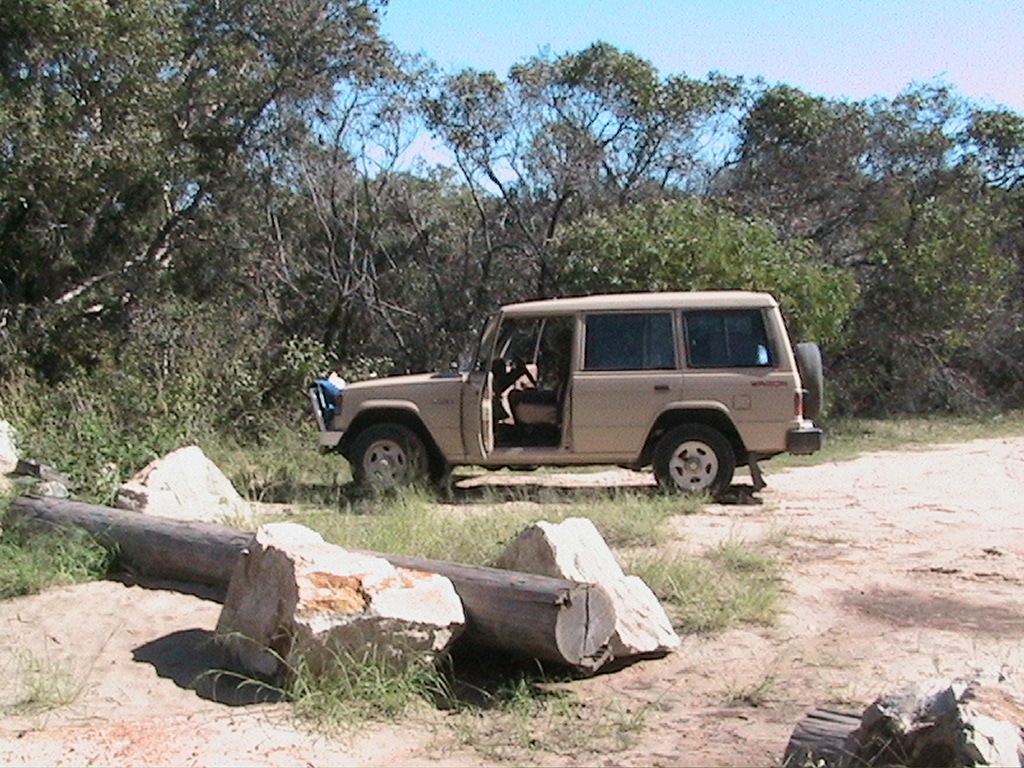Cloud Seeding and Chemtrails: Disproving the Outlandish Theories Surrounding Cyclone Alfred


Cloud Seeding and Chemtrails: Disproving the Outlandish Theories Surrounding Cyclone Alfred

Title: Concerns Arise Over AI Job Recruitment Tools and Their Impact on Marginalized Groups Recent research has highlighted significant concerns regarding the use of artificial intelligence in job recruitment processes.

Alexander Volkanovski: Australia’s First Two-Time UFC World Champion In an extraordinary display of skill and determination, Alexander Volkanovski has etched his name in the annals of sports history by becoming

A sudden decision to cancel the Esoteric Festival has left thousands stranded in the small Victorian town of Donald.
It’s important to approach topics like cloud seeding and chemtrails with a critical mindset, especially during events like Cyclone Alfred, where misinformation can spread rapidly.
Cloud seeding is a legitimate weather modification technique that involves dispersing substances into the atmosphere to encourage precipitation. It has been used in various regions to alleviate drought or enhance snowfall. While some claim that these practices can be harmful or part of a larger conspiracy, scientific studies have consistently shown that cloud seeding is neither harmful in small doses nor does it manipulate weather on a large scale.
On the other hand, chemtrails are a conspiracy theory that suggests that long-lasting trails left by aircraft contain harmful chemicals for undisclosed purposes. There is no credible scientific evidence to support this theory. The trails we see are contrails, which are formed when water vapor condenses and freezes around small particles in aircraft exhaust at high altitudes.
As we continue to learn about extreme weather events, it’s crucial to rely on verified information and scientific consensus. Engaging in meaningful discussions and debunking myths can help prevent the spread of misinformation during critical times like a cyclone.